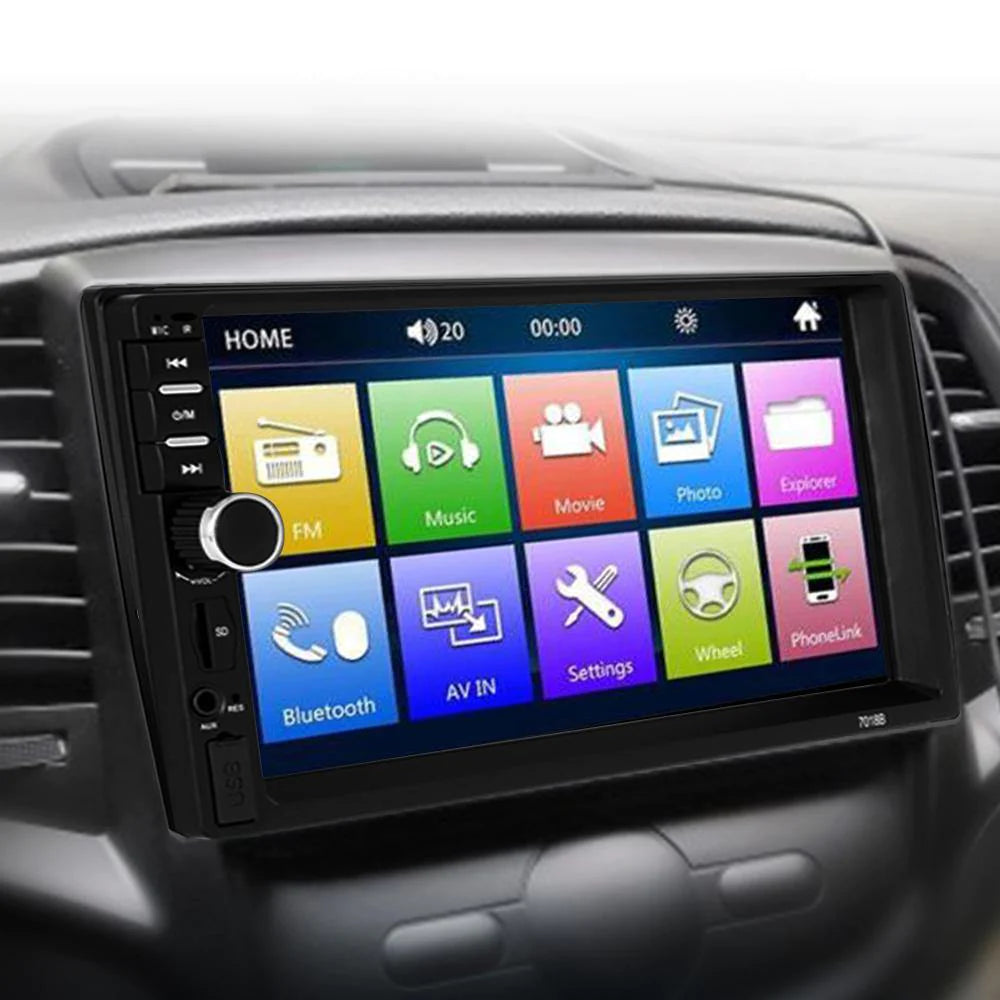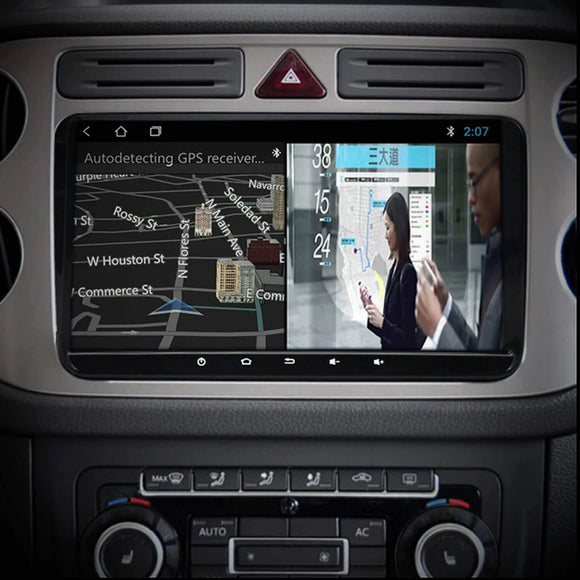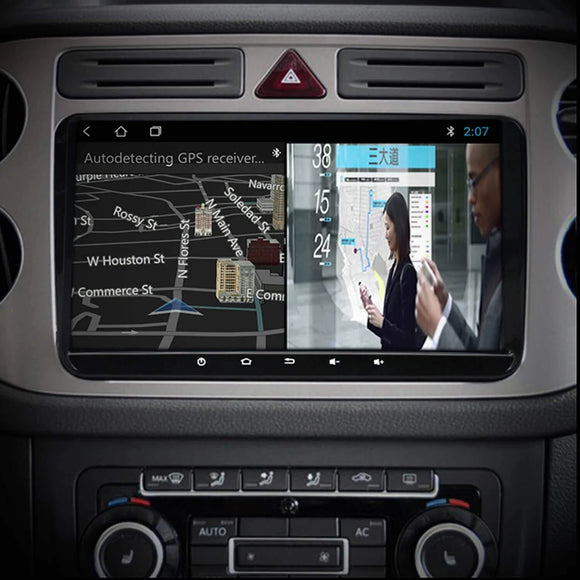
The Fundamentals of Car Audio: Head Units, Amplifiers, and Speakers
Car audio has been around almost as long as the automobile, and there have been many developments through the years. Modern systems are often designed for both cost and space, which frequently means that sound quality suffers as a result. Although some vehicles come with superior sound packages, the automotive audio technology in such systems may also be modified and updated.
The issue of automotive audio may appear sophisticated at first, but every system must comprise three essential components.The audio signal is provided by the head unit, which is amplified by the amplifier, and the sound is produced by the speakers.
These components are extremely reliant on one another, and how they interact determines the overall quality of a car audio system.
Image of car audio components
The Control Unit
A component known as a head unit is located at the heart of every automotive audio system. Most people call this component a radio or a stereo, which are both correct names but don't describe the complete picture. Although most of these components have radio tuners, and stereo has been around since the 1960s, the more basic purpose of a head unit is to give some form of audio stream.
Head units used to provide audio signals from 8-track tapes, compact cassettes, and even a special form of record player. A CD player is now standard on most head units, but satellite radio, digital music, and even internet radio are all popular audio sources.
Some head units incorporate visual functions in addition to operating as the brains of the audio system. These head units can usually play DVD or Blu-ray discs, and some even have built-in LCD displays. Video head units may frequently be connected to external screens in the same manner that regular head units send audio impulses to speakers.
Infotainment systems are sometimes incorporated with modern head units.
These head units usually feature huge LCD screens and can show navigation data, operate temperature settings, and perform other activities.
The Amplifier
The second essential component required by any automobile audio system is an amplifier. While a head unit's goal is to provide an audio signal, an amplifier's objective is to raise the power of that signal. The audio signal will be too weak without a power amplifier to physically move the speakers and produce sound.
The most basic automotive audio systems consist of a head unit and four speakers, however this does not rule out the presence of an amplifier.
Inside the head unit of these basic audio systems is a modest power amp. Because space is limited in many automobiles and trucks, it's common to integrate the head unit and amplifier into a single component.
Some OEM audio systems contain separate power amplifiers, however the majority do not. However, installing a new amplifier does not necessarily result in a significant improvement in sound quality. If the speakers in a car are intended to be used with the meager power amp that came with the factory head unit, that region will also require repair.
The Presenters
The final element of the basic automobile audio jigsaw is speakers. Most automotive audio systems contain at least four, although there are several possible setups. When an amplifier sends an audio signal to a speaker, the electrical energy in the signal is translated into mechanical energy, which causes a cone to move back and forth. This vibration displaces air, resulting in the sound waves we perceive.
Unlike house audio systems, which utilize separate woofers, tweeters, and midrange speakers, automotive audio frequently employs "full range" speakers.
This reduces space, but a full-range speaker cannot produce the same sound quality as a woofer, tweeter, or midrange speaker. Some automotive audio speakers combine a woofer and a tweeter into a single coaxial speaker, and there are also dedicated subwoofers available. One of the most common reasons individuals change their speakers is to replace full-range speakers with components.
Putting Everything Together
It is crucial to pay attention to each of the three main components in order to get the best quality out of your car audio system.
A fantastic head unit may provide average sound in the absence of a competent external amplifier, while a strong amplifier is rendered ineffective when combined with manufactured "full range" speakers.
There are several approaches to updating your car's audio system, but the ideal one will depend on budget, the strengths and limitations of the existing equipment, and the overall aims of the update. Replacing stock speakers with higher-quality ones is a fantastic place to start, but each job is unique.


